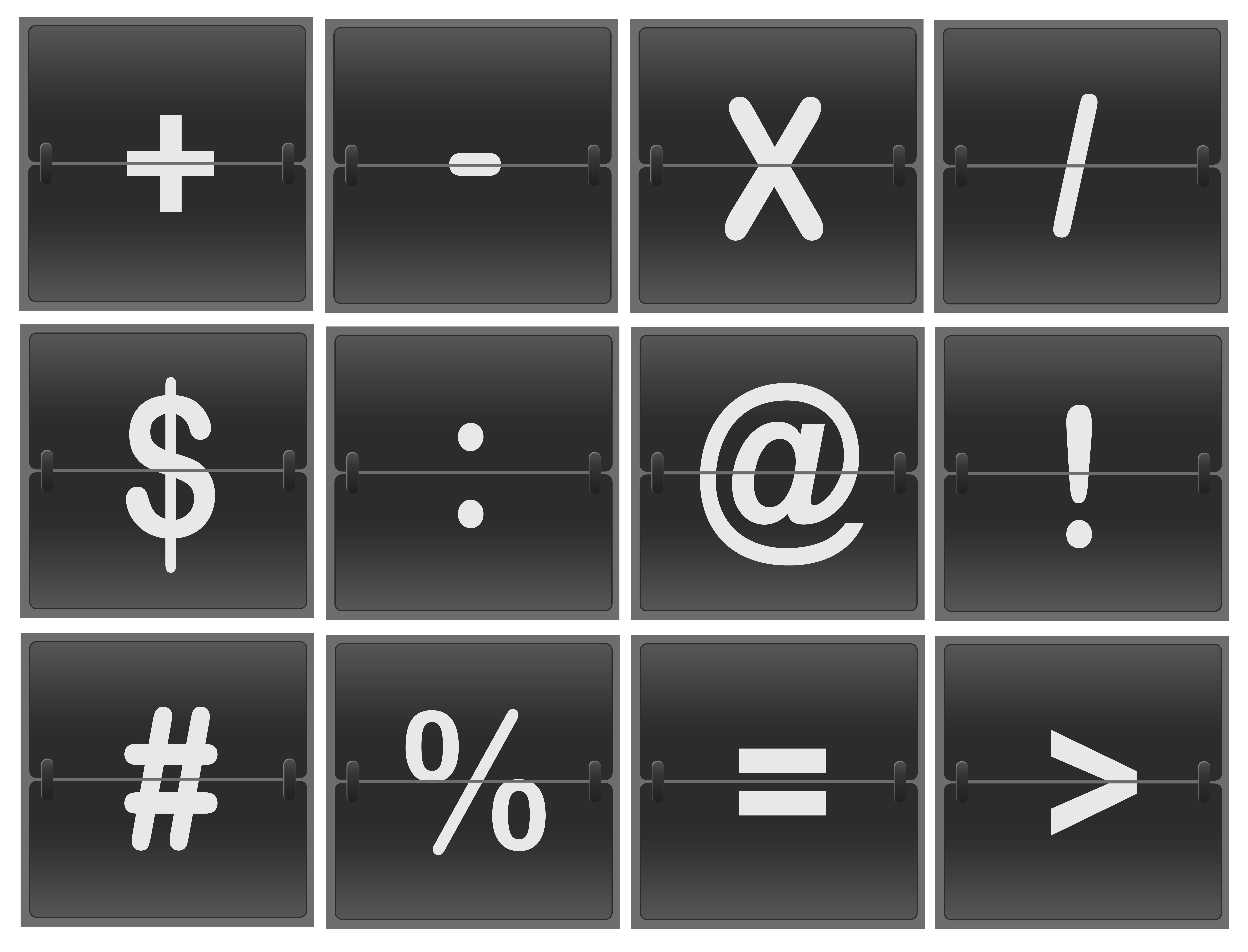By Anne Watson Why am I talking about linear equations? Thinking about them takes me to several important hidden threads in school mathematics, wondering how learners might pull ideas together meaningfully. It is also helpful that there has been some research about ‘solving’ them. What is linear anyway? I started by searching textbooks and the […]
Read moreAnne Watson
I was surprised to hear that in the pre-2013 Key Stage 3 national curriculum there was only one statement about ratio, whereas in the current version there are ten statements. I was surprised because I did not remember, from my work on the development of the current curriculum, that there were so many, so I […]
Read moreConsistent use of images supports the understanding of mathematical structures. The outstanding examples of this in mathematics have become ‘canonical’, that is part of the mathematical canon. At school level these canonical images are: number line; function graphs (thankyou Descartes); 2-dimensional combination grids (thankyou Omar Khayyam and Cayley); Venn diagrams (thankyou Cantor and Charles Dodgson). […]
Read moreI have been floating the idea of treating key mathematics ideas as handrails for teachers and students. Recently several positive comments about this perspective have floated back to me, so I am sharing the idea with you. In mathematics, teaching key ideas could be handrails. Handrails can be held, used as guides or supports, or […]
Read moreWhen Euclid wrote about ratios of lengths and areas and similarity, without algebra, theorems were dependent on spatial representations. Five diagrams, all related to each other, appear in his text in various places, so I designed a ‘Match the theorem’ task in the manner of Malcolm Swan’s tasks. There isn’t a one-to-one correspondence and you […]
Read more
I have been thinking about negative integers and wondering how anyone I taught ever managed to understand them. Many did, but when I am asked, by KS2 and KS3 teachers, ‘Is there a good task for discovering the rules of negative numbers?’, I find it impossible to answer. There seem to be a few popular […]
Read more